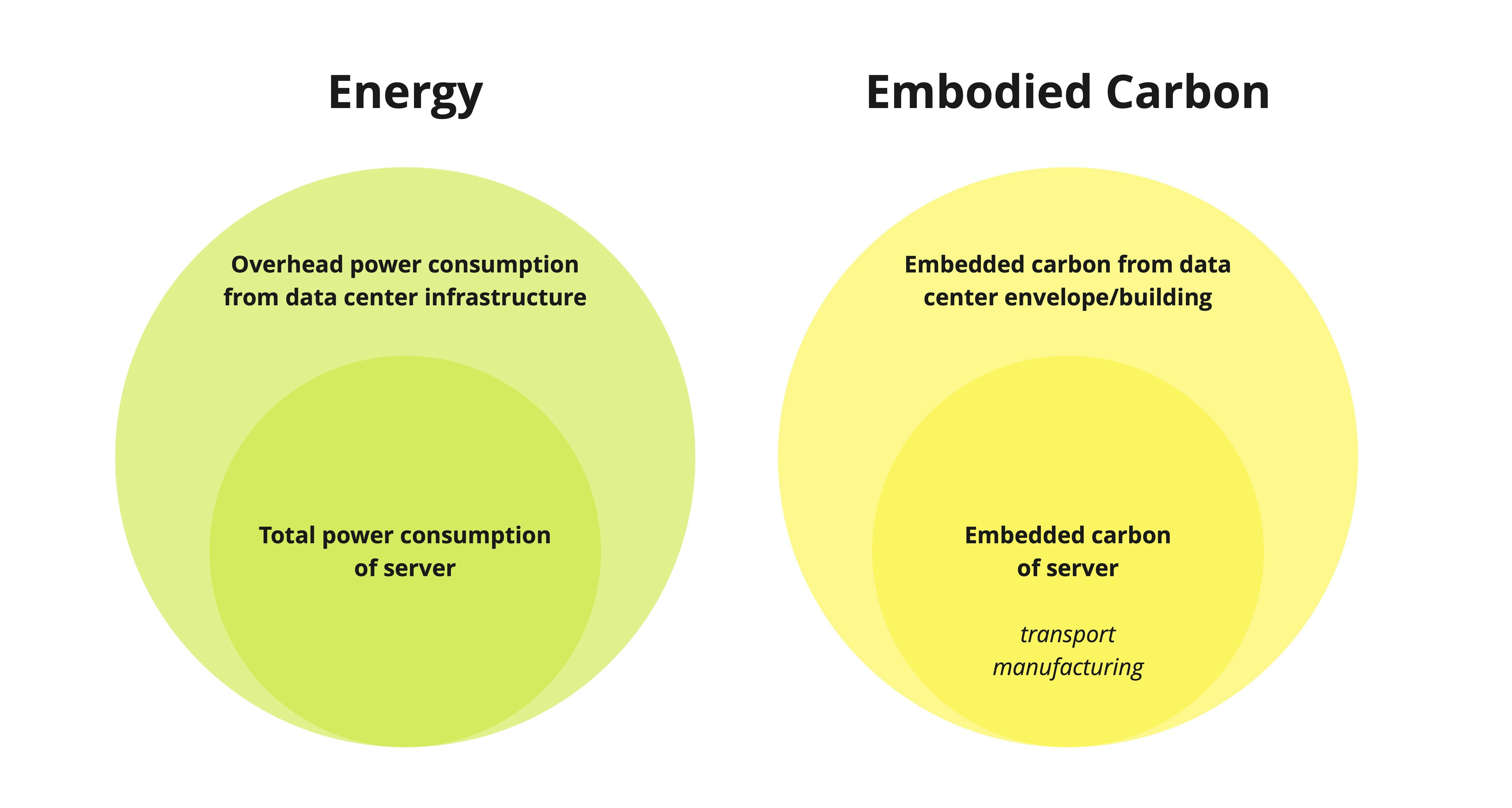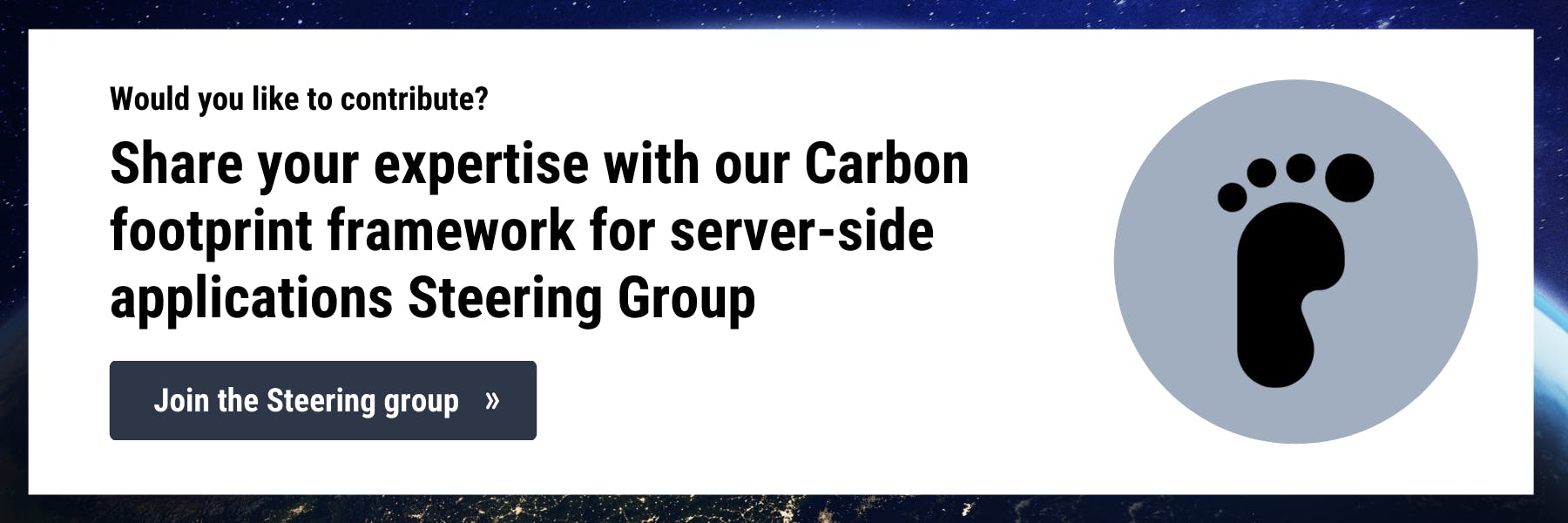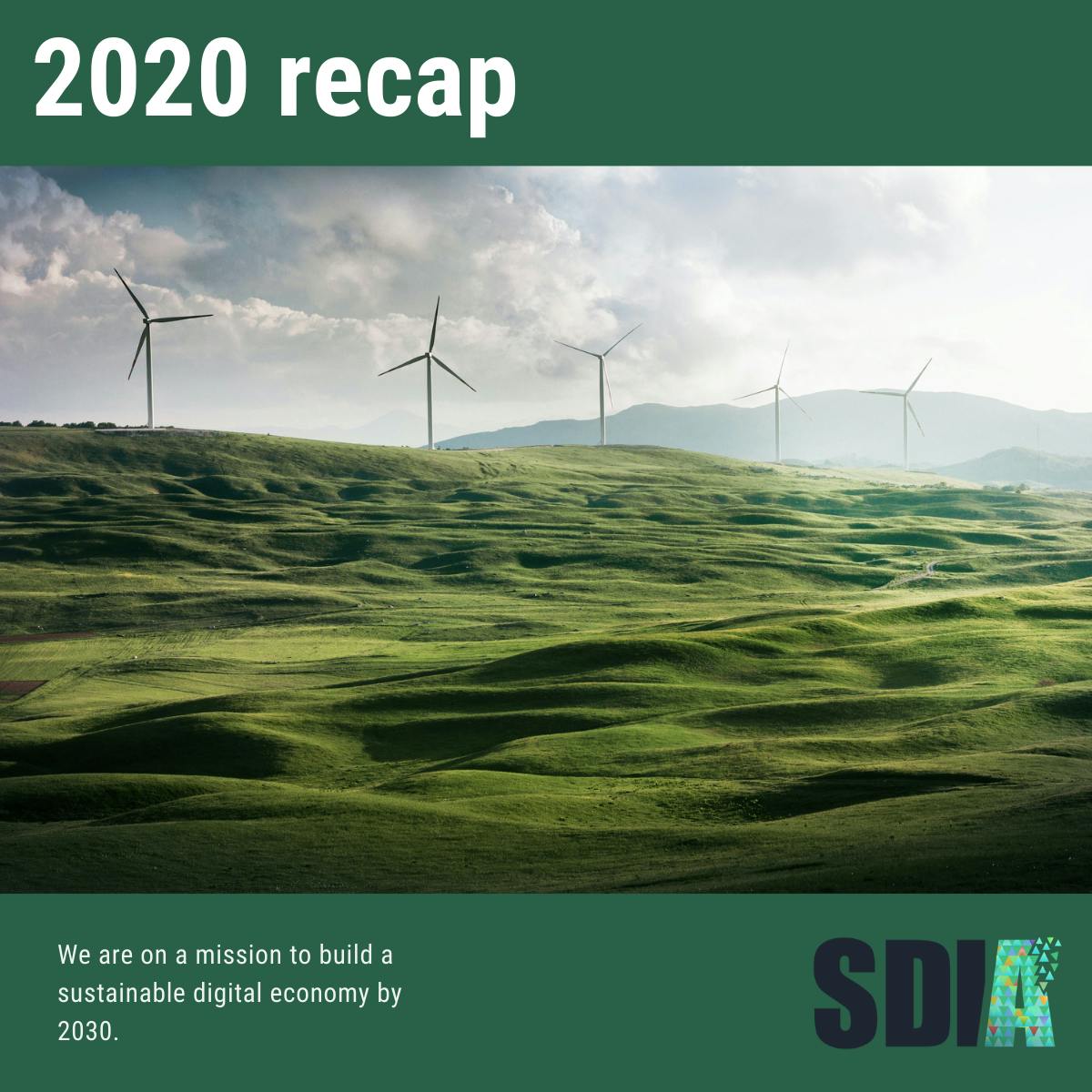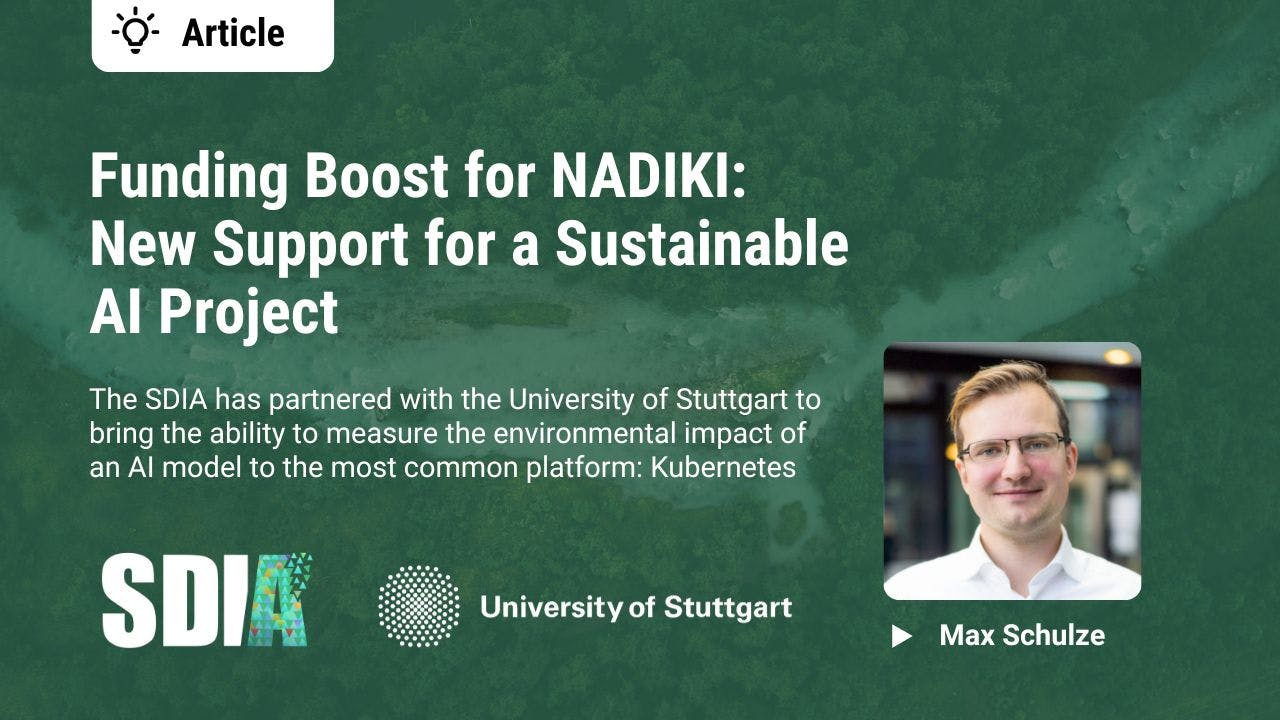Currently, there are more than 15 Steering Groups actively executing the SDIA Roadmap to Sustainable Digital Infrastructure by 2030. This is an insightful piece falling under our Digital Carbon Footprint activity and is an output coming out from the ‘Carbon footprint framework for server-side applications’ Steering Group. The main focus of the group is to support better data availability and reporting of carbon emissions within the digital value chain to provide the basis for better decision-making. This technical update introduces the simplified equation on how to measure the total environmental footprint of server-side software.
The Infrastructure Sustainability Challenge
Retrospectively to date, at the SDIA we have been addressing sustainability within the digital sector from an infrastructure perspective — servers, data centers, etc. However, over the last year, we have realized that infrastructure is reluctant to change unless specifically driven by customer demands. The problem exists due to perception, digital infrastructure is seen to be dynamic as characteristic of the technology sector as a whole and its inherent nature to be future thinking, although in actuality it can be slow to change. Conversely, taking another perspective from within this sector software — specifically, system administrators (Ops/ DevOps) and software engineers who are building applications on top of the infrastructure — is agile and adaptable, redefining both the problem and solution in a new light.
When it comes to determining the environmental footprint of IT, we should therefore also take into account the perspective of the software engineer and ask: What are the requirements? Which boil down to these fundamental elements:
- Showing the user how much environmental impact a single request or operation has, either through an API or a user interface
- Measuring and assessing the total environmental footprint of an entire company’s software suite, thus its IT infrastructure
Defining Version 0.1 of an Environmental Footprint Metric
Perfection kills progress.
Within one of our Digital Carbon Footprint Steering Groups, we have been working on a framework for measuring the environmental footprint of an IT server-side application. The idea originated from the infrastructure side, which led us to record ≥ 30 different metrics and data points. This methodology was too complicated in nature. So what would be a more concise next step?
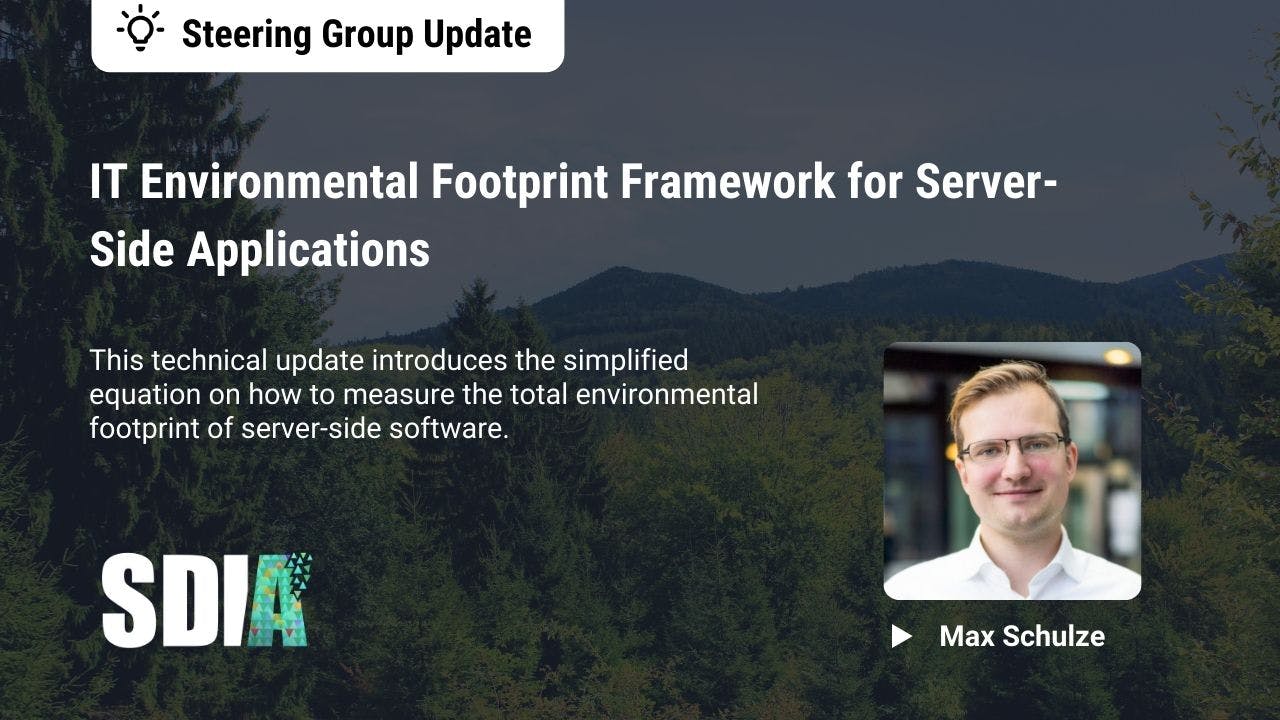
.jpg?ixlib=gatsbyFP&auto=compress%2Cformat&fit=max&rect=0%2C44%2C600%2C800&w=600&h=800)
